Introduction: Standing majestically atop the Corcovado mountain overlooking the vibrant city of Rio de Janeiro, Christ the Redeemer is not merely a statue but a beacon of hope, faith, and cultural significance. Completed in 1931, this iconic monument has become synonymous with Brazil, captivating millions of visitors from around the world. In this narrative, we embark on a journey through the rich history, symbolism, and impact of Christ the Redeemer on the landscape of Rio de Janeiro and the hearts of its people.

- Historical Context: To understand the significance of Christ the Redeemer, one must delve into the historical context of its creation. In the early 20th century, Brazil was undergoing a period of significant transformation, both politically and socially. As the country emerged from colonial rule and embraced modernity, there was a growing desire to assert a national identity rooted in Brazilian culture and values.
- The Idea Takes Shape: The concept of erecting a statue of Christ on the Corcovado mountain was proposed as early as the 1850s by a Catholic priest named Pedro Maria Boss. However, it wasn’t until the early 20th century that serious efforts were made to realize this vision.
- Collaboration and Construction: The monumental task of constructing Christ the Redeemer was a collaborative effort involving architects, engineers, and artists. French sculptor Paul Landowski designed the statue, while Brazilian engineer Heitor da Silva Costa oversaw its construction. The project also received support from the Catholic Church and the Brazilian government.
- Symbolism and Design: Christ the Redeemer stands as a potent symbol of faith, redemption, and unity. Its design and location were carefully chosen to convey these profound messages to both locals and visitors alike.
- Iconic Silhouette: The statue of Christ with outstretched arms stands 30 meters tall, with an additional 8-meter pedestal, making it visible from various vantage points across Rio de Janeiro. The outstretched arms evoke a sense of welcome, embracing all who gaze upon it.
- Cultural Fusion: The construction of Christ the Redeemer brought together elements of both European and Brazilian culture. The statue’s Art Deco style reflects the influence of contemporary European art, while its placement atop a prominent Brazilian landmark speaks to the country’s unique identity.
- Religious Significance: As a predominantly Catholic country, Brazil holds deep religious convictions, and Christ the Redeemer serves as a powerful symbol of Christian faith and salvation. The statue’s serene expression and benevolent posture convey a message of love, compassion, and divine grace.
- Construction Challenges and Triumphs: The construction of Christ the Redeemer presented numerous technical and logistical challenges, yet it stands as a testament to human determination, ingenuity, and collaboration.
- Remote Location: The Corcovado mountain’s rugged terrain and remote location posed significant challenges for transportation and logistics. Engineers had to devise innovative solutions to transport materials and workers to the construction site.
- Engineering Marvel: The construction of the statue itself required meticulous planning and execution. The framework was constructed using reinforced concrete and steel, with the outer shell composed of soapstone tiles. The use of these materials ensured the statue’s durability and resistance to the elements.
- Inauguration and Legacy: Christ the Redeemer was officially inaugurated on October 12, 1931, in a ceremony attended by dignitaries, religious leaders, and thousands of spectators. Since then, it has become one of the most visited tourist attractions in the world, drawing millions of visitors annually to marvel at its beauty and significance.
- Cultural Impact: Beyond its religious and architectural significance, Christ the Redeemer has had a profound cultural impact on the people of Brazil and the global community.
- National Symbol: Christ the Redeemer has come to symbolize the spirit and resilience of the Brazilian people. It serves as a source of national pride and unity, transcending differences of race, class, and creed.
- Tourist Attraction: The statue’s iconic silhouette has become synonymous with Rio de Janeiro, attracting tourists from around the world to marvel at its grandeur and take in the breathtaking views of the city below.
- Cultural Icon: Christ the Redeemer has inspired countless works of art, literature, music, and film, both in Brazil and abroad. Its image has been immortalized in paintings, photographs, and even on postage stamps, solidifying its place in the cultural imagination.
Conclusion: Christ the Redeemer stands as a testament to the enduring power of faith, unity, and cultural heritage. From its humble beginnings as a vision of hope to its status as one of the world’s most recognizable landmarks, the statue embodies the spirit of Brazil and its people. As it continues to inspire awe and wonder in all who behold it, Christ the Redeemer remains a symbol of hope, redemption, and the enduring power of human creativity and collaboration.

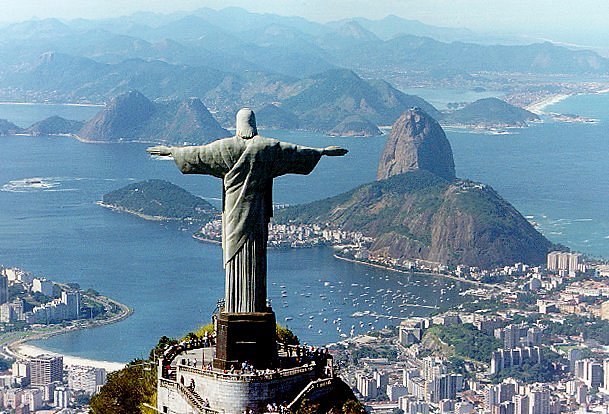
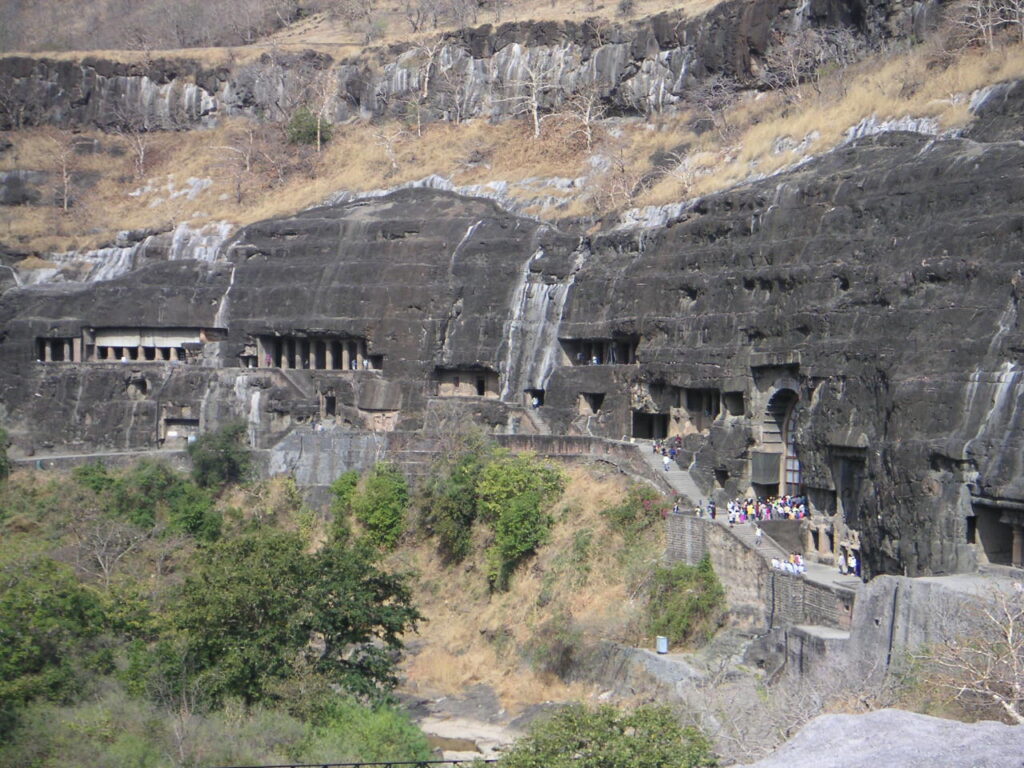
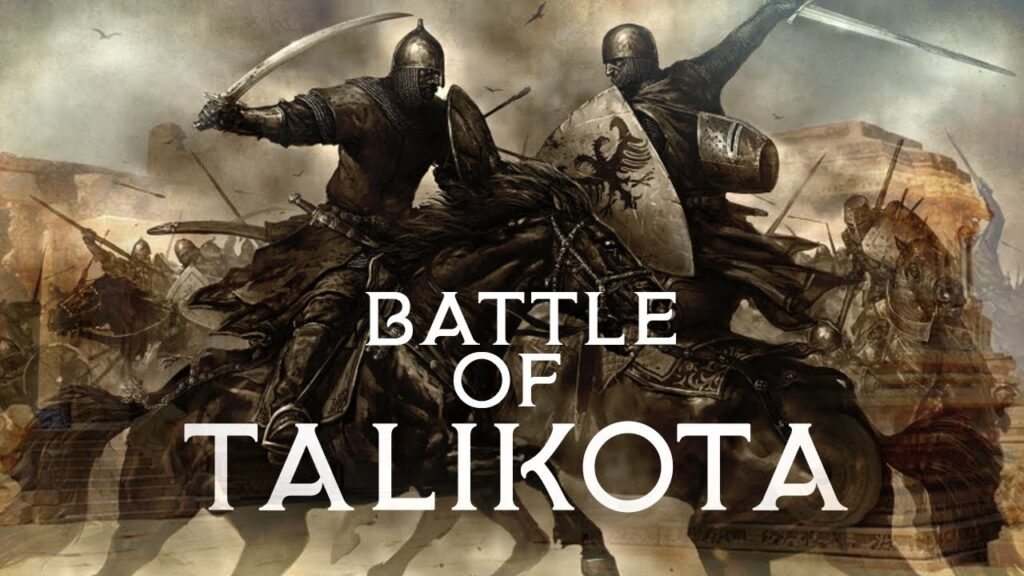

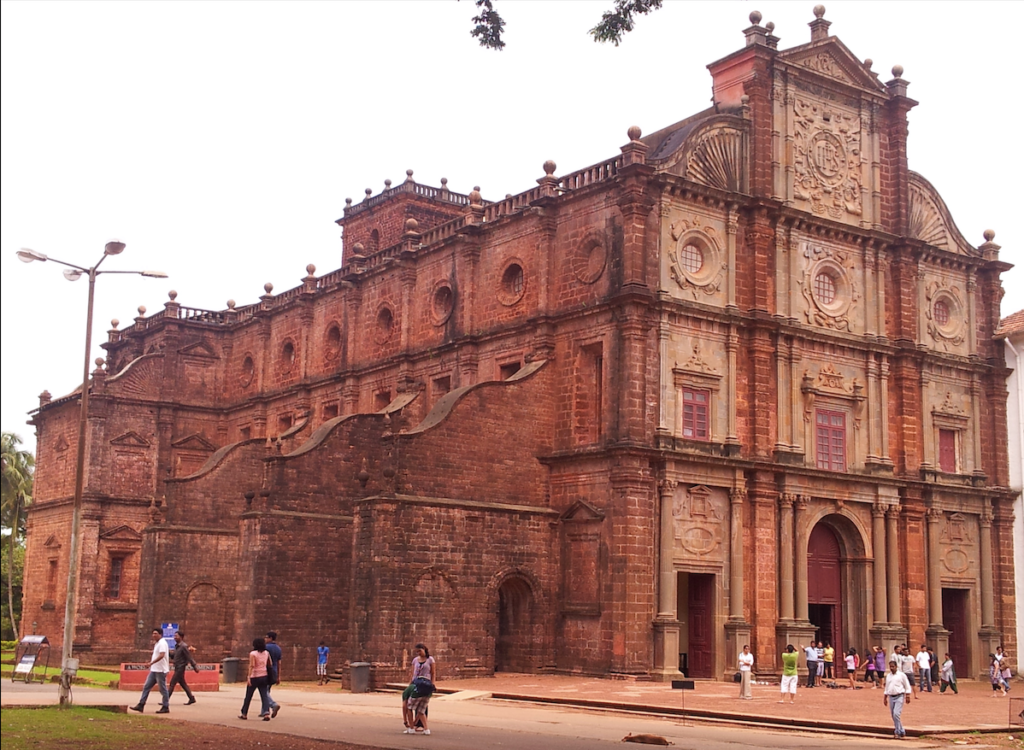
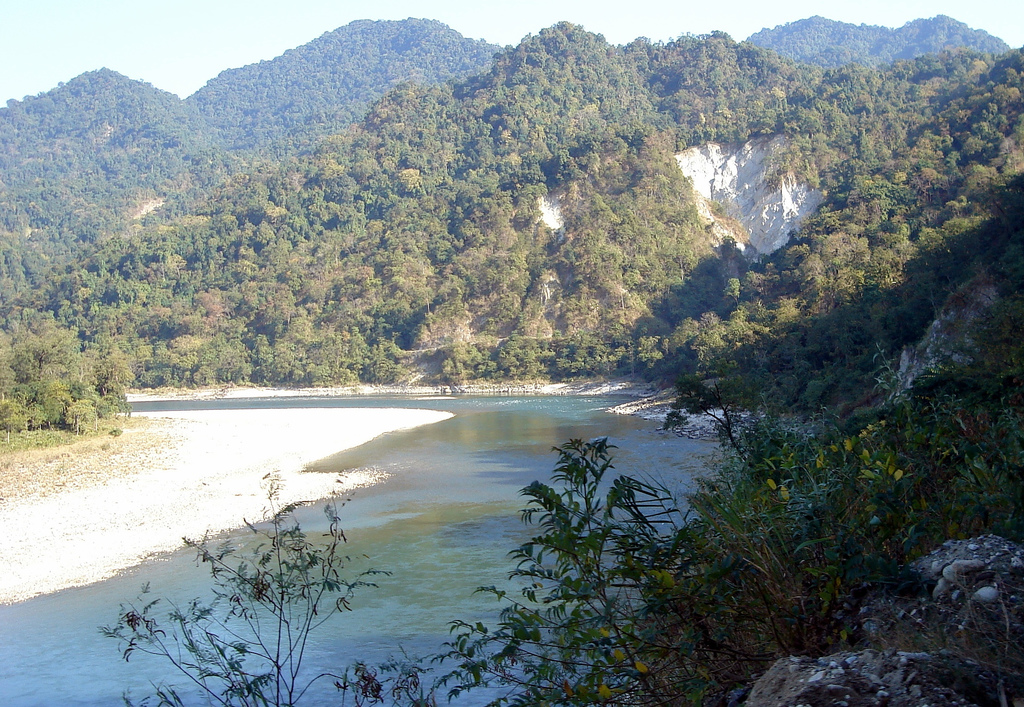
One Comment